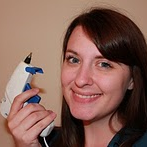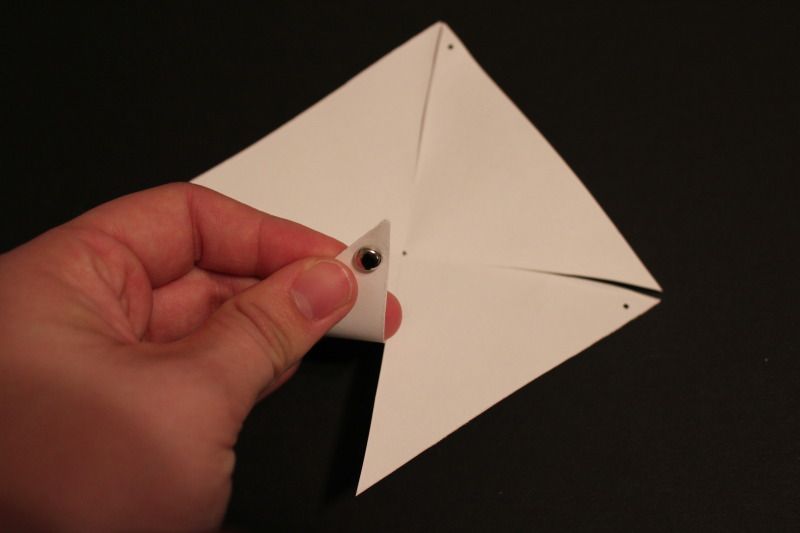Filling in for Mom (Diana) today is her husband AKA Dad AKA Ben AKA The Original Wayward. He's an unapologetic woodworking fanatic/purist/snob—and that's okay!
One of the crafts that I have pursued is woodworking. The Girls have requested a guest post on some tips and tricks. Here they are:

1)
You don't need a garage full of fancy power tools to do woodworking.
Saint Norm and other woodworking show hosts would have us believe that woodworking can't be done without pneumatic nailguns, four drills, six routers, etc. In Norm's case, some of that is because his background and training is as a Finish Carpenter. He got paid to do things fast. Many shows are sponsored by tool manufacturers. If this is a hobby, doing it fast, with lower quality will probably not end up being an enjoyable experience. It's really not supposed to be fast.
It's supposed to be enjoyable and it's supposed to produce beautiful objects.
2)
Wood is an organic material. Many people approach woodworking as if they were working with pretty pieces of metal or plastic. Because wood was once living, it can move a lot with humidity changes. What this means is that
you must account for wood movement—especially when working with broad boards. Saint Norm's background in plywood built-ins did not prepare him for this. Many of his early projects ended up as firewood.
3)
Get to know the grain of the wood. Consider going to the added expense of figured wood. Acquaint yourself with terms that describe grain such as: figured, curly, tiger-stripe, fiddle-back, quilted, and flame. Patterns for grain-matching include bookmatch, slipmatch, and others.
 |
Figure—it's hard to capture in photos, but the wood shimmers like Tiger Eye.
Fiddle-back figure on mountain ash and birds-eye maple |
4)
Learn to process green wood. Small pieces are pretty easy to deal with. For larger trees, you can hire a portable sawmill to come cut them up. You can make crafts from trees that were significant to your family and such. I have wood from a cherry tree that was blown down in '96 by Hurricane Fran that was next to the Wayward Girls' swingset. I keep threatening to make jewelry boxes for them with it. One-a-these-days...
5) If you don't value solid wood and actual craftsmanship, it will be much easier for you if you stick with junk from Sauder and Ikea. It doesn't survive moves well, but on the plus side, until you have to move it, it superficially resembles wood furniture from a distance, and is frequently good enough. The follow-on argument here is that home-crafted furniture is not cheap. The materials will usually cost you more than the above-mentioned ready-to-assemble junk, and that doesn't include the purchase and maintenance of tools, your time, quality finishes, etc.
Like any other hobby, justify it because it's something you want to do, not because you are going to save money.
6)
Polyurethane finishes are usually a mistake. It is a plastic coating that is difficult to repair and has a nasty, plastic feel. Instead, use a high quality tung oil, varnish or shellac.
7) Most people don't enjoy sanding, which is fine, because you should avoid sanding anyway.
Learn to use hand planes and finishing scrapers. The wood will look better, there will be less dust, and you will probably enjoy the hobby more.
8)
Wear hearing and eye protection. Even for common stuff like hammering nails—nails would not be found woodworking, but wood butchery, but that is another topic—drilling, and power sanding. Any time you are using a power tool, you should have on safety equipment.
 |
| Display case made for a hand-knapped obsidian knife. (Case by Ben; knife by someone else.) |
9)
Finish the finish. None of us live or do woodworking in a clean room environment. Expect to have to deal with dust nibs and drips that you didn't notice, etc. This is one of the reasons polyurethane is bad. The finish doesn't just go on magically. If you choose a finish that you can make better with each coat, then you have the opportunity to make it look good—maybe even great. Learn to use steel wool and mineral oil (if compatible with your finish).
10) Due to the nature of this blog, I'm guessing most readers will be females. Many fine craftsmen are in fact craftswomen. If you are interested in woodworking and your friends won't help you or encourage you,
get new friends.
Resources and Links
Saint Norm is Norm Abrams of the
New Yankee Workshop—one of the most classic and popular woodworking shows ever. [
The parody picture above was not done by Ben, and please realize tongue is firmly in cheek!]
Veneer matching tips
My favorite Woodworking TV show:
Woodworks by David J. Marks. Originally aired a few years ago.
If you have any questions, contact me directly at benz2 at earthlink.net. I'd be happy to advise.
Ben Franklin
Original Wayward



























































